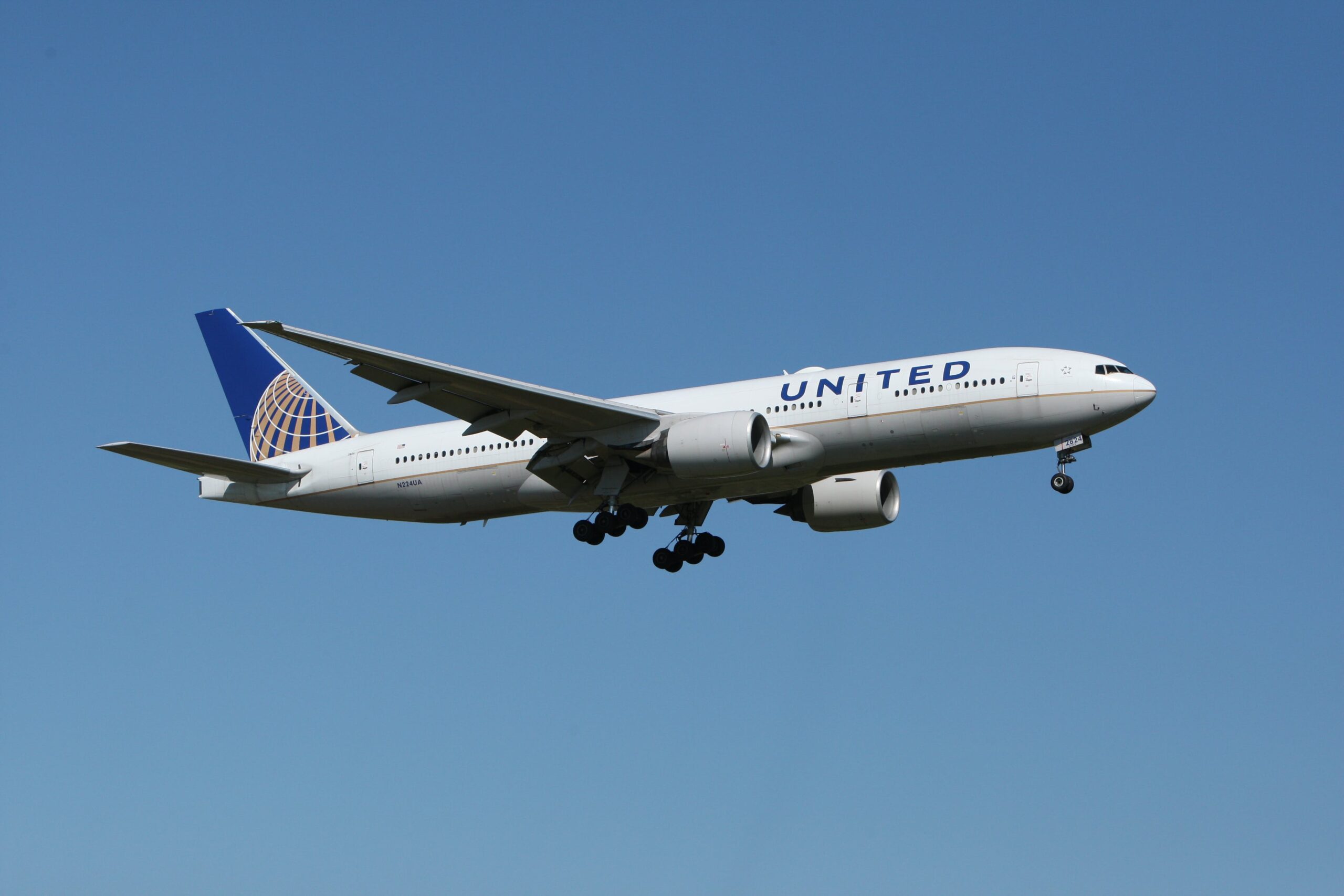
Aircraft are marvels of engineering, comprising numerous complex components that work together to defy gravity. Beyond the recognizable wings and tail, each part of an aircraft plays a crucial role in its overall function and safety. This blog post aims to navigate the intricate anatomy of an aircraft. Learn the importance and purpose of various components. Understanding the complexity and interdependence of these parts sheds light on the marvel that is modern aviation and the meticulous design and engineering that make it possible.
The Engine
The engine is often considered the heart of an aircraft. It provides the necessary power to propel the aircraft forward, creating lift for takeoff and maintaining flight. Jet engines, which are used in most commercial airliners, work by drawing in air, compressing it, mixing it with fuel, and igniting it. The resulting explosion drives the aircraft forward. The efficiency, reliability, and maintenance of the engine are critical for the aircraft’s performance and safety.
Aircraft Fuselage
The fuselage is the main body of the aircraft, housing the cockpit, passengers, cargo, and essential aircraft parts. It’s designed to withstand various stresses, including air pressure and turbulence while in flight. The fuselage must be both strong and lightweight, a balance achieved through advanced materials and engineering. Inside the fuselage, everything from seating arrangements to cargo hold layout is meticulously planned to maximize space and safety. The fuselage also serves as a critical component in maintaining the overall aerodynamic efficiency of the aircraft, contributing significantly to its flight performance.
Flight Control Surfaces
Wings are not just for lift; they also house critical components like fuel tanks and flight control surfaces. These surfaces, including ailerons, flaps, and slats, are essential for maneuverability and stability. They allow the pilot to control the aircraft’s pitch, roll, and yaw. The wings’ design, including their shape and size, is tailored to the specific needs of the aircraft, whether for speed, efficiency, or altitude performance. Additionally, the wings play a vital role in the overall balance and fuel efficiency of the aircraft, making their design and maintenance critical.
The Tail Section
The tail section, comprising the vertical and horizontal stabilizers, plays a crucial role in the aircraft’s stability. The vertical stabilizer, or fin, helps maintain directional stability, while the horizontal stabilizer controls the pitch. These parts work in conjunction with the rudder and elevators, which are control surfaces attached to the stabilizers. The tail section’s design is critical for maintaining a stable and controlled flight. Its efficient performance is essential for safe maneuvering during different phases of flight, such as takeoff, cruising, and landing.
Landing Gear
The landing gear is a crucial component that goes beyond just wheels for landing. It’s a complex system that includes shock absorbers, brakes, and retracting mechanisms. The landing gear must be robust enough to handle the weight of the aircraft and the stress of landing, yet retractable to ensure aerodynamic efficiency during flight. It’s one of the most mechanically intricate parts of an aircraft, requiring regular maintenance and inspection. Additionally, the landing gear plays a pivotal role in emergency situations, being equipped with systems to ensure safe landing even under challenging conditions.
Hydraulics and Electrical Systems
Aircraft rely heavily on hydraulic and electrical systems. Hydraulics power essential functions like landing gear operation, while electrical systems control everything from cabin lighting to critical flight instruments. These systems are designed for redundancy to ensure continued operation even if one system fails. Understanding the intricacies of these systems is vital for diagnosing and addressing any issues that may arise during flight. Regular system checks and updates are necessary to maintain these vital systems’ efficiency and reliability.
Navigating the World of Aircraft Components
In the complex world of aviation, each component, from the smallest screw to the largest engine, plays a critical role. Knowledge of aircraft parts is essential for maintenance, repair, and operational efficiency. This includes understanding the life cycle and maintenance requirements of different components. For example, regular checks and replacements are necessary to ensure the longevity and safety of every part, from the engine down to the nuts and bolts. A comprehensive understanding of these components not only enhances safety but also optimizes aircraft performance and operational cost-effectiveness.
Conclusion
Understanding the anatomy of an aircraft is essential for anyone involved in the aviation field. From the power of the engines to the complexity of the landing gear, each component plays a vital role in the safe and efficient operation of the aircraft. The marvel of modern aviation lies in the intricate design and interdependence of these components. It underscores the importance of meticulous maintenance and in-depth knowledge. Appreciating the complexity of these machines enhances our understanding and respect for the field of aviation, where safety and precision are always paramount.






